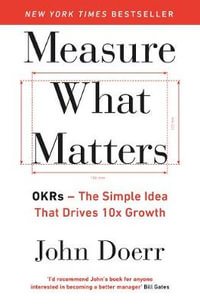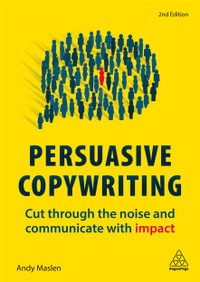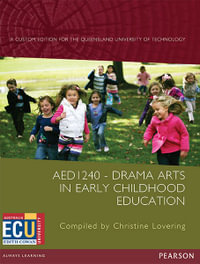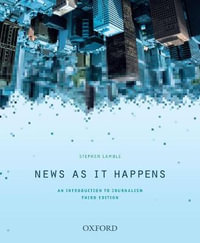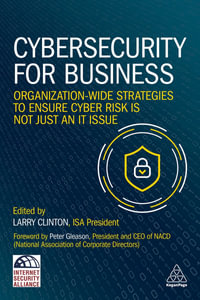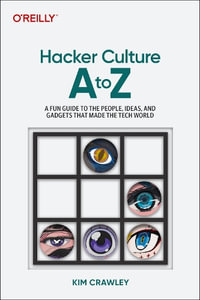
Paradata and Transparency in Virtual Heritage
By: Anna Bentkowska-Kafel (Editor), Hugh Denard (Editor)
Paperback | 14 October 2016
At a Glance
Paperback
RRP $114.00
$86.40
24%OFF
Aims to ship in 7 to 10 business days
ISBN: 9781138245655
ISBN-10: 1138245658
Series: Digital Research in the Arts and Humanities
Published: 14th October 2016
Format: Paperback
Language: English
Number of Pages: 344
Audience: General Adult
Publisher: Taylor & Francis Ltd
Country of Publication: GB
Dimensions (cm): 23.39 x 15.6 x 1.83
Weight (kg): 0.48
Shipping
| Standard Shipping | Express Shipping | |
|---|---|---|
| Metro postcodes: | $9.99 | $14.95 |
| Regional postcodes: | $9.99 | $14.95 |
| Rural postcodes: | $9.99 | $14.95 |
How to return your order
At Booktopia, we offer hassle-free returns in accordance with our returns policy. If you wish to return an item, please get in touch with Booktopia Customer Care.
Additional postage charges may be applicable.
Defective items
If there is a problem with any of the items received for your order then the Booktopia Customer Care team is ready to assist you.
For more info please visit our Help Centre.
You Can Find This Book In
This product is categorised by
- Non-FictionTravel & HolidaysTravel GuidesTravel Guides for Museums, Historic Sites, Galleries
- Non-FictionHistorySpecific Events & Topics in HistorySocial & Cultural History
- Non-FictionLibrary & Info Sciences
- Non-FictionEngineering & TechnologyTechnology in GeneralTechnical DesignErgonomics
- Non-FictionHistoryHistory Theory & MethodsHistoriography
- Non-FictionComputing & I.T.Graphical & Digital Media Applications
- Non-FictionIndustry & Industrial StudiesMedia, Entertainment, Information & Communication IndustriesInformation Technology Industries
- Non-FictionSociology & AnthropologyAnthropologySocial & Cultural Anthropology, Ethnography
- Non-FictionBiographies & True Stories Biographies
- Non-FictionComputing & I.T.Computer Science
- Non-FictionEngineering & TechnologyEnvironmental Science
- Non-FictionReference, Information & Interdisciplinary SubjectsEncyclopaedias & Reference WorksReference Works
- Non-FictionEngineering & TechnologyTechnology in GeneralEngineering in General






